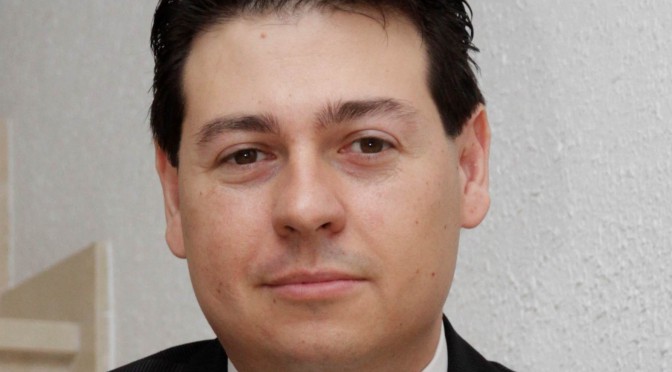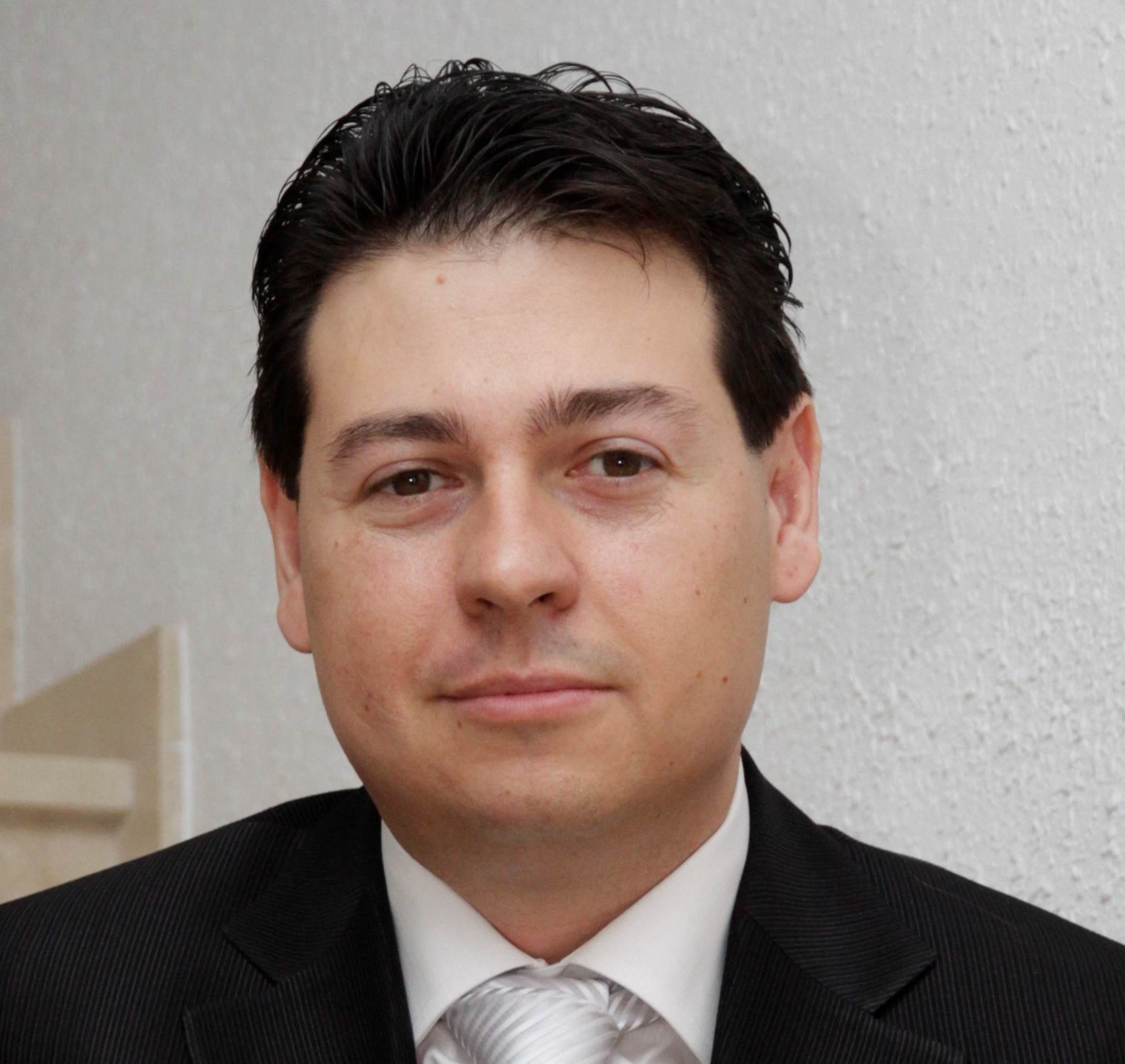1.- The BuildingSMART Spanish Chapter is a betting big to boost BIM standards in Spain, do you think that this effort will be rewarded?
Undoubtedly yes. We are in a period of crisis in the construction sector, and the adoption of BIM should help us get out of it, but it wont happen by itself. With the use of standards will allow the collaboration of all stakeholders, and would be a sure fire way for improving.
2.- This October 7th, 2014 the Spanish BIM Style Guide is being presented in the Eduardo Torroja Insitute by the uBIM group, along with the participation of Ministry of Development, Professional Colleges, Manufacturing company associations and outstanding construction industry professionals. Do you think that with this guide and backing from the participants is enough to create a starting point for better coordination in Spanish BIM standards?
It is a document that aims to establish a common framework for all the stakeholders, facilitating the exchange of information between them at various levels: architectural, structural, facilities, etc. So, the success of this document will be in its adoption by professionals, hence the importance of support from associations and representative bodies.
3.- BIM get a lot of attention, but that doesn´t necessarily mean adoption. We´re still not at at a BIM maturity level where other countries like, Switzerland, Finland, Singapore, the United States, or The United Kingdom are. What do you think might be the cause of such resistance to fully adopt BIM?
It’s mainly a cultural factor. In Spain we are not used to working in a team environment as is required by BIM, sharing information, delegating tasks and responsibilities, etc. I hope the upcoming generation of professionals have eagerness for collaboration, a necessity to adopt BIM.
4.- Sergio, in your opinion, what changes would you propose in Spain to improve construction industry competitiveness ?
As I said before, both companies and professionals must learn to collaborate. A construction project is complex, involving different profiles and each of them brings maximum.
On the other hand, it is also necessary that companies and professionals to undergo a technological leap. BIM is a methodology that can be applied only with the right tools, and processes. However, it is an investment (time and money) that pays off in the short term.
5.- The BuildingSMART Spanish Chapter currently has 40 members and a growing number of associates. If you had to convince more companies and professionals to become members, what would that message be? What are the benefits of becoming a member?
Associates are the ones that benefit first from the activities we organize: training, networking, etc. However, in my opinion, the greatest benefit for a partner is availability to contribute to this system change we are proposing.
In buildingSMART Spanish Chapter there are professionals and big constructors or engineering firms, there are also software developers and universities. All these groups are invaluable, because we think that everyone’s opinion is necessary to improve current processes.
6.- 2015 is just a few months away. Do you think we´ll get to see more projects being developed in BIM in Spain, or will we continue to hear about BIM projects being developed abroad?
Unfortunately I believe that although the number of BIM projects in Spain is growing, they are still not representative enough in comparison to other countries where promoters know the benefits of using BIM throughout the life cycle of the construction project.
A factor that would increase the number of BIM projects in Spain would be the application of the European directive on public procurement.
7.- Information about a Spanish BIM Journal has reached us, can you tell us more about this initiative? To whom is it intended? What type of information will we find inside?
It’s an initiative developed by some members of the association, which aims to disseminate the research done in Spanish, and would otherwise have have to look abroad to be published and promoted.
The Journal is aimed at both researchers and professionals who have desire to learn about where BIM is headed, along with its methodologies, processes, tools, etc.
8.- Today we see that Software developers, Big construction companies and Architectural and Engineering offices are currently BIM-ready. What other industry agents do you think have yet to make the jump into BIM?
Aside from the agents you mention, there are others of qeual importance for the industry but, except for rare exceptions, have not made the leap to BIM. Specifically, I´m refering to promoters / owners and manufacturers of building materials and products.
9.- To finish this up, we´ve talked about business opportunities and competitiveness, but what do you think is the biggest opportunity BIM represents for the rest of society as a whole?
BIM responds to several of the challenges of today’s society:
The digitization of construction projects keeps their integration in the Smart Cities.
On the other hand, BIM can help climate change mitigation by facilitating the reduction of waste or the design and management of buildings with lower energy consumption.















One thought on “Interview: Sergio Muñoz, BuildingSMART Spanish Chapter President”